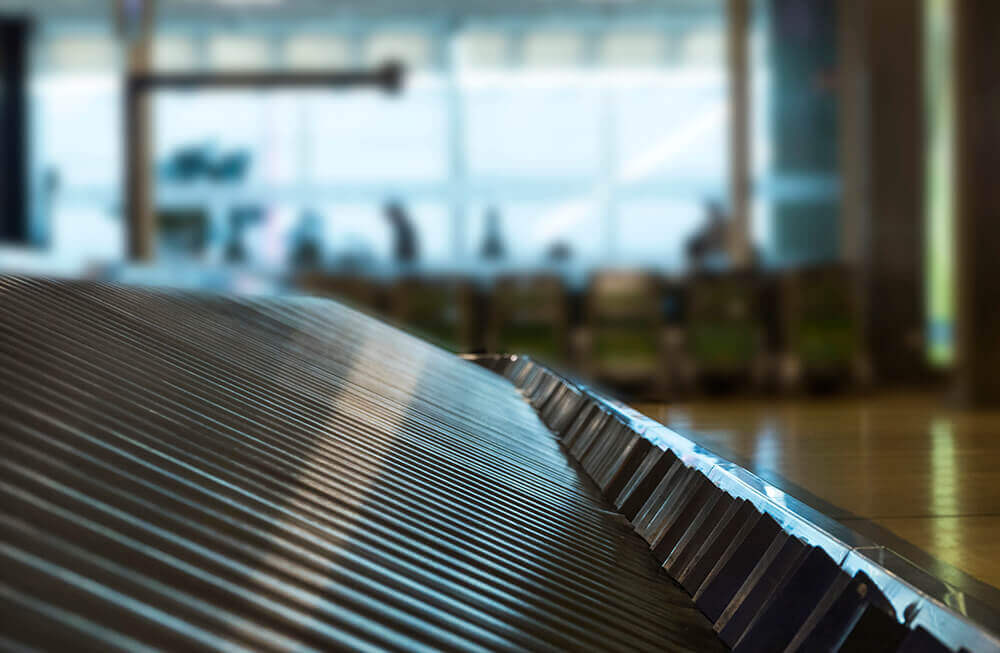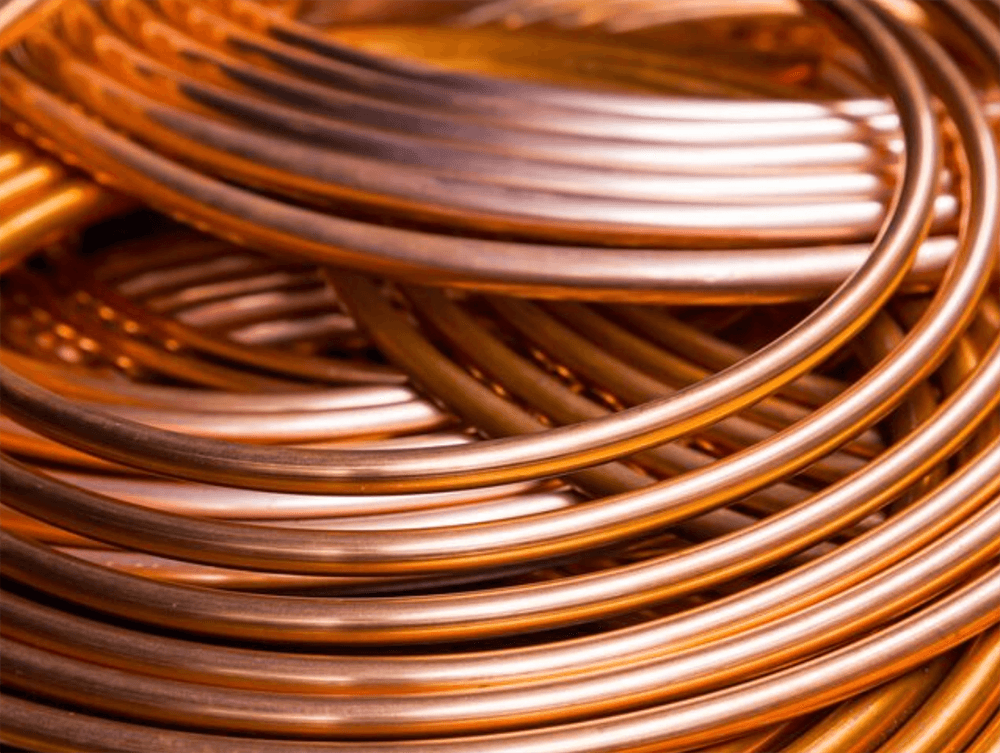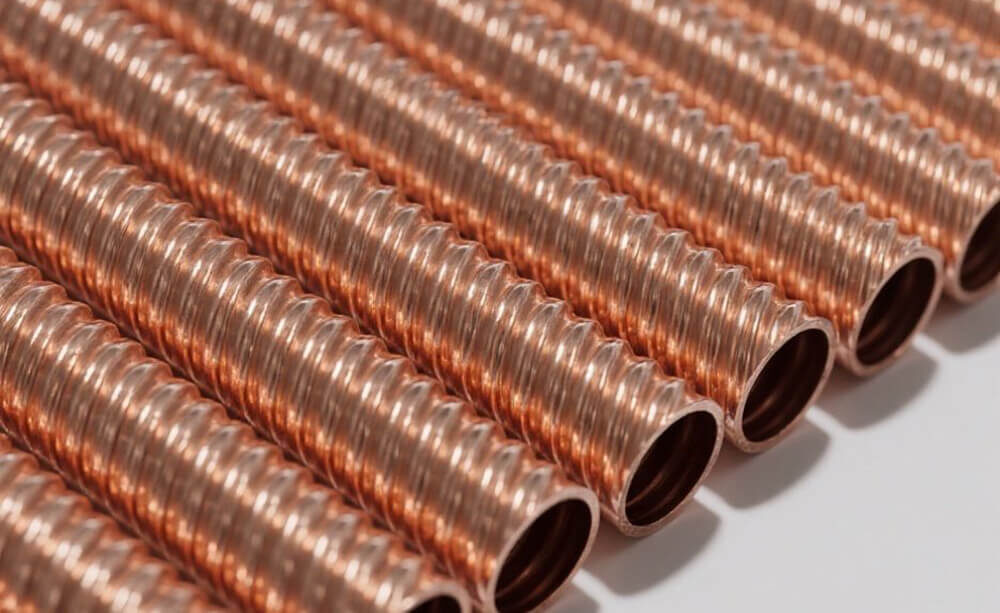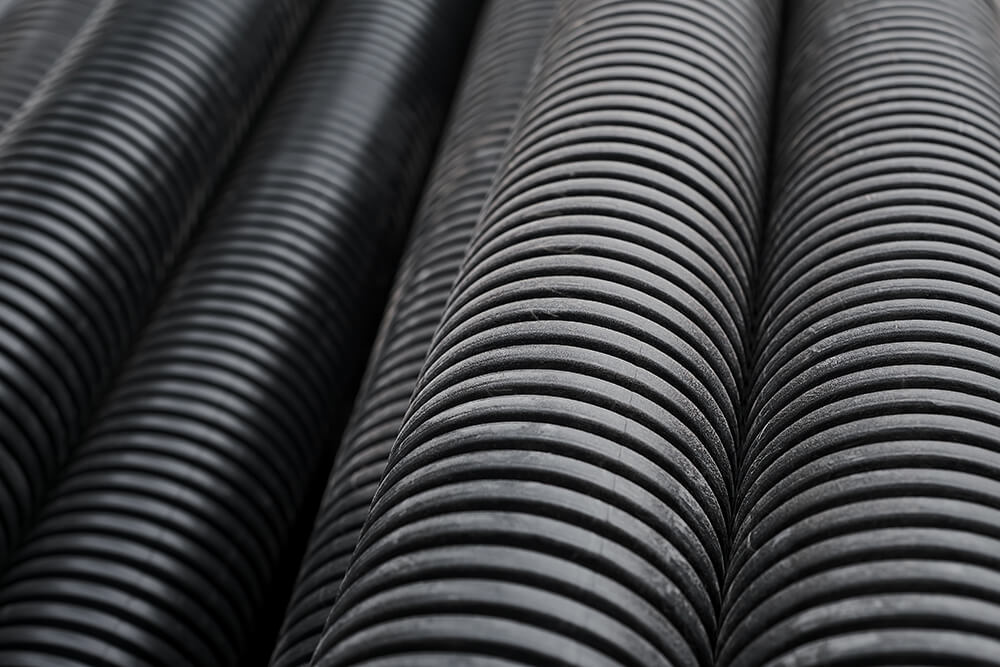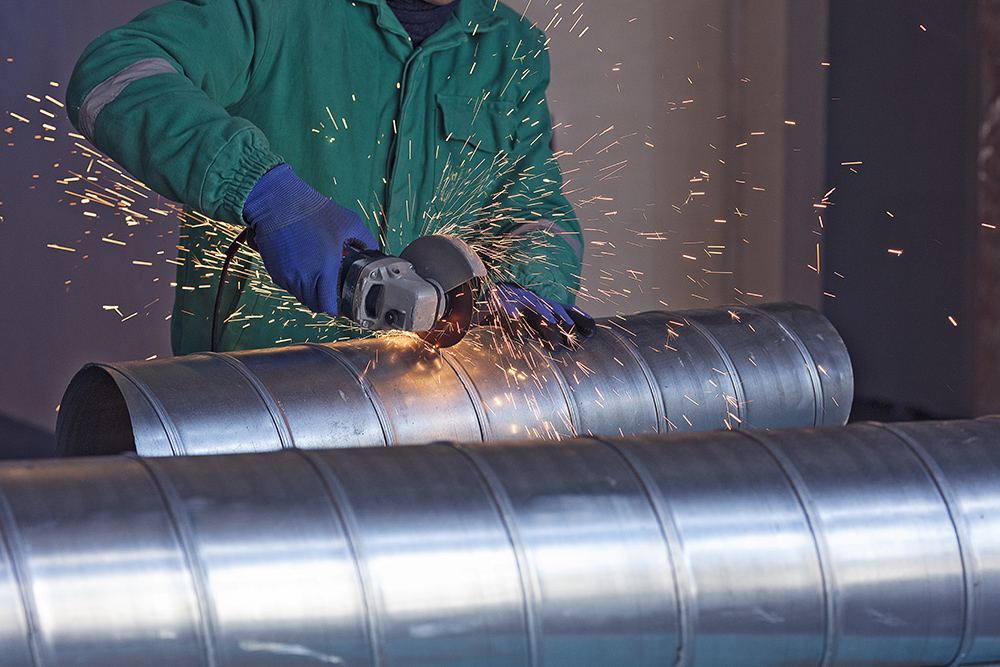A fin tube radiator is a highly efficient type of heat exchanger designed to transfer heat effectively from a fluid (liquid or gas) flowing inside tubes to a fluid (usually air) flowing outside the tubes. Its core principle relies on significantly increasing the surface area available for heat transfer.
1. The Silent Revolutionaries: Finned Tube Technology Driving Global Efficiency and Sustainability
In the relentless pursuit of energy efficiency and optimized industrial processes, heat exchange solutions stand as critical enablers. Among these, finned tube technology has undergone a profound evolution, transforming from basic designs into highly advanced solutions that are now indispensable across myriad sectors, from Tokyo’s urban infrastructure to global energy grids. These silent revolutionaries are not just components; they are the heart of systems driving unprecedented levels of thermal efficiency, cost-effectiveness, and environmental responsibility.
2. The Evolution of Finned Tube Technology: From Basic Designs to Advanced High-Efficiency Heat Transfer Solutions
The concept of extending heat transfer surfaces isn’t new. Early iterations of finned tubes were rudimentary, often involving simple, flat plates mechanically attached to pipes to increase surface area for heat dissipation or absorption. While effective, these designs suffered from issues like poor thermal contact resistance between the fin and the tube, susceptibility to vibration, and limited material compatibility.
The true evolution began with innovations in bonding technologies. The shift from simple mechanical attachment to techniques like brazing, soldering, welding (especially high-frequency and laser welding), and extrusion revolutionized the fin-to-tube bond. This permanent, low-resistance metallurgical bond ensures optimal heat transfer efficiency by minimizing interfacial thermal resistance, a critical factor often overlooked in simpler designs.
Modern advancements have pushed the boundaries further, introducing a diverse array of fin geometries:
- Helical (Spiral) Fins: Wound continuously around the tube, offering uniform heat transfer.
- Annular Fins: Individual rings pressed or mechanically bonded onto the tube.
- Longitudinal Fins: Running parallel to the tube length, ideal for specific flow patterns.
- Internal Finned Tubes: Featuring fins on the inside of the tube, enhancing heat transfer for the internal fluid, particularly useful for compact designs or when the internal fluid has poor heat transfer characteristics.
- Specialized Fin Shapes: Innovations include serrated, louvered, wavy, perforated, and even pin fins, all engineered to induce turbulence in the external fluid (typically air or gas), thereby disrupting the thermal boundary layer and significantly boosting convective heat transfer coefficients.
This evolution from basic extensions to meticulously engineered, permanently bonded, and geometrically optimized surfaces represents a paradigm shift, enabling finned tubes to handle extreme temperatures, pressures, and corrosive environments with unparalleled efficiency.
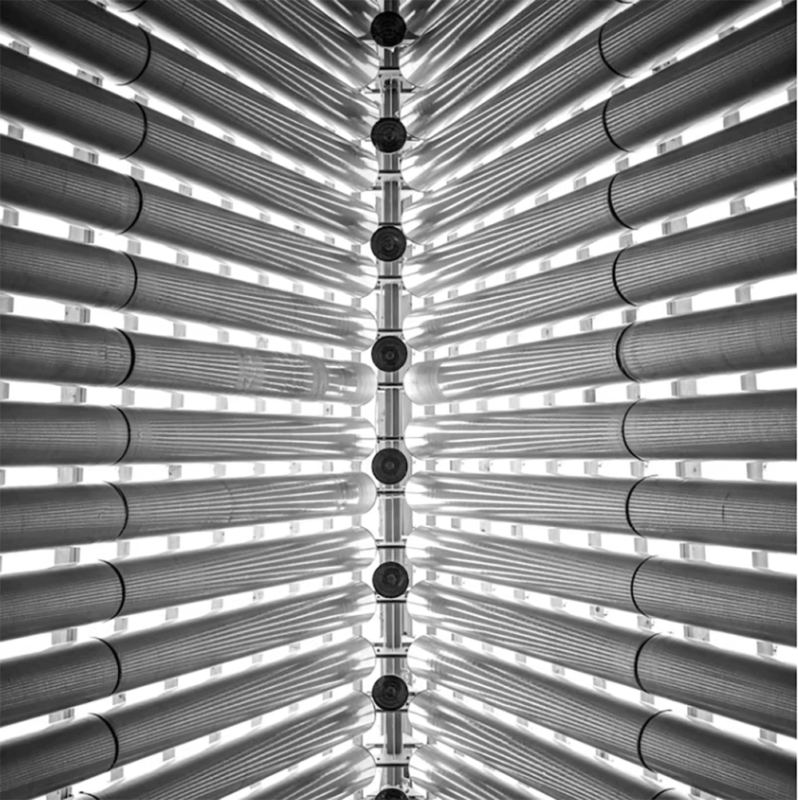
3. Comparative Analysis: How Finned Tubes Outperform Standard Heat Exchange Technologies in Energy Efficiency and Cost-Effectiveness
The fundamental advantage of finned tubes lies in their ability to dramatically increase the effective heat transfer surface area in a compact footprint. This is particularly vital when one of the fluids involved in heat exchange is a gas (like air or flue gas), which inherently has a very low heat transfer coefficient. Without fins, an unacceptably large and expensive smooth-tube heat exchanger would be required to achieve the same heat transfer duty.
Energy Efficiency: By augmenting the surface area, finned tubes enable more heat to be transferred per unit length of tube. This means:
- Reduced Energy Consumption: Systems can achieve desired temperature changes with less fluid flow or lower temperature differences, directly translating into less energy consumed by pumps, fans, or compressors. For instance, in an HVAC system, efficient finned coils reduce the power needed for cooling or heating.
- Improved Heat Recovery: Finned tubes excel in applications where waste heat needs to be recovered from exhaust gases (e.g., in economizers or air preheaters). Capturing this otherwise lost energy significantly boosts overall system efficiency and reduces fuel consumption.
- Compact Design: The high heat transfer density allows for smaller, lighter heat exchangers, which reduces material costs and installation space, a significant advantage in densely populated areas like Tokyo where space is a premium.
Cost-Effectiveness: The initial investment in finned tubes might seem higher than plain tubes, but the long-term cost benefits are substantial:
- Lower Operational Costs: Direct savings from reduced energy consumption over the lifetime of the equipment.
- Reduced Footprint & Installation Costs: Smaller, lighter equipment requires less space, smaller foundations, and easier installation.
- Lower Maintenance Costs: Advanced manufacturing techniques (like laser welding) create robust fin-to-tube bonds that withstand thermal cycling and vibration, leading to fewer failures and reduced downtime.
- Increased System Performance: Optimizing heat transfer means that downstream processes can operate more efficiently, leading to higher overall productivity.
In essence, finned tubes enable the design of more compact, lighter, and more efficient heat exchangers that deliver superior thermal performance, thereby outperforming traditional smooth-tube designs in both energy conservation and long-term economic viability.
4. Industry-Specific Finned Tube Applications: Customized Solutions for Power Generation, Oil & Gas, and HVAC Systems
Finned tube technology’s adaptability has led to its widespread adoption across diverse heavy industries, each requiring highly customized solutions:
-
Power Generation:
- Boilers & Economizers: Finned tubes are integral to recovering waste heat from hot flue gases to preheat boiler feedwater or combustion air, significantly improving boiler efficiency and reducing fuel consumption in both traditional fossil fuel plants and biomass facilities.
- Condensers: In steam power cycles, finned tubes are used in air-cooled condensers, particularly in regions with water scarcity, to condense exhaust steam back into water for reuse.
- HRSGs (Heat Recovery Steam Generators): Key components in combined cycle power plants, where they recover heat from gas turbine exhaust to generate steam for a steam turbine, maximizing electricity output.
- Nuclear Power: Used in various cooling loops and auxiliary systems where high heat transfer and reliability are critical.
-
Oil & Gas :
- Air Coolers: Finned tubes form the core of large air-cooled heat exchangers (also known as fin-fan coolers) used to cool natural gas, crude oil, and various process fluids in refineries, gas processing plants, and offshore platforms. This is critical for process control and product conditioning.
- Fired Heaters & Furnaces: Used in convection sections to preheat process fluids, recovering heat from hot combustion gases.
- Reboilers & Condensers: Essential for distillation columns, facilitating the separation of different hydrocarbon components.
- LNG Plants: Critical for cooling and liquefaction processes, where extreme temperatures and specialized materials are required.
-
HVAC Systems :
- Air Conditioners & Refrigeration: Finned tubes are fundamental components of evaporators (where refrigerant absorbs heat from air to cool it) and condensers (where refrigerant releases heat to the air). Their efficiency directly impacts the energy consumption of buildings, from residential homes in Shinagawa to large commercial complexes.
- Heat Pumps: Utilize finned coils for both heating and cooling cycles, leveraging ambient air or ground sources.
- Air Handling Units (AHUs): Integrated into AHUs for heating, cooling, and dehumidification of air circulated throughout buildings.
- Radiators & Unit Heaters: For space heating, transferring heat from hot water or steam to room air.
The customization extends to material selection (e.g., carbon steel, stainless steel, copper, nickel alloys), fin types (e.g., extruded, helically wound, welded), and tube configurations (e.g., U-tube, straight tube bundles), all optimized for the specific fluid properties, operating temperatures, pressures, and environmental conditions of each industry.
5. Material Science Innovations in Finned Tube Manufacturing: Impact on Durability and Performance in Corrosive Environments
The longevity and reliability of finned tubes, especially in harsh industrial settings, are intrinsically linked to advancements in material science. Innovations focus on enhancing durability, corrosion resistance, and thermal performance.
- Corrosion Resistance:
- Stainless Steels (SUS材): Grades like 304L, 316L, 317L, and duplex stainless steels offer excellent resistance to a wide range of corrosive media (acids, chlorides, seawater), making them ideal for petrochemical, marine, and some power generation applications.
- Nickel Alloys: Alloys such as Inconel, Monel, and Hastelloy provide superior resistance to extreme temperatures, highly aggressive chemical environments, and stress corrosion cracking. These are crucial in specialized chemical processing or flue gas desulfurization (FGD) systems.
- Titanium: Offers outstanding corrosion resistance to chlorides and oxidizing acids, invaluable in seawater cooling or highly corrosive chemical processes, despite its higher cost.
- Bonding Technologies:
- Laser Welding: A cutting-edge innovation that creates a precise, high-integrity metallurgical bond between the fin and the tube. This significantly reduces thermal contact resistance, improves durability against thermal cycling and vibration, and allows for welding dissimilar metals that were previously difficult to join. This technology is particularly valuable for high-temperature and high-pressure applications where fin integrity is paramount.
- High-Frequency Welding: Another robust method that creates a strong, continuous weld between the fin and the tube, commonly used for solid fins.
- Coatings & Surface Treatments:
- Hydrophilic/Hydrophobic Coatings: Applied to fins in HVAC evaporators/condensers to improve condensate drainage or prevent frost buildup, maintaining efficiency.
- Corrosion-Resistant Coatings: Specialized coatings can be applied to base tubes or fins to enhance protection against specific corrosive agents.
- Fouling Resistance: Research into surface modifications and coatings that reduce fouling (accumulation of unwanted material on heat transfer surfaces) is ongoing, as fouling significantly reduces efficiency and increases maintenance.
These material science innovations extend the operational lifespan of finned tubes, reduce maintenance frequency, and ensure consistent high performance, even in the most demanding and chemically aggressive environments found in modern industrial facilities.

6. Design Optimization Guide: Selecting the Right Fin Type, Spacing, and Configuration for Maximum Thermal Efficiency
Designing an optimal finned tube heat exchanger is a complex engineering challenge that balances thermal performance, pressure drop, space constraints, cost, and manufacturability. It’s not a one-size-fits-all solution; meticulous optimization is key.
-
Fin Type Selection:
- Plain (Solid) Fins: Simple, robust, good for general applications.
- Serrated/Louvered Fins: Create turbulence, enhancing convection for gas-side heat transfer, but can lead to higher pressure drop. Ideal for air-to-fluid applications .
- Helical/Extruded Fins: Provide a strong mechanical bond and are versatile for many applications. Extruded fins offer superior corrosion protection for the base tube.
- G-Fin (Embedded Fin): Fins are embedded into a groove in the tube, providing excellent thermal contact and mechanical bond, suitable for higher temperatures.
- Longitudinal Fins: Best when fluid flow is parallel to the tubes or for natural convection applications. The choice depends on the fluids, temperature range, pressure, fouling potential, and desired heat transfer coefficient.
-
Fin Spacing;
- Densely packed fins: Increase surface area, leading to higher heat transfer, but also increase air-side pressure drop (requiring more fan power) and are more prone to fouling or clogging (especially with dirty air or flue gas).
- Wider spacing: Reduces pressure drop and fouling potential but sacrifices some heat transfer area. The optimal spacing is a trade-off, determined by balancing desired heat transfer, allowable pressure drop, and maintenance considerations. Computational Fluid Dynamics (CFD) simulations are increasingly used for precise optimization.
-
Fin Height:
- Taller fins increase surface area, but fin efficiency (how effectively heat conducts along the fin) decreases with increasing height.
- Optimal height maximizes heat transfer without excessive material use or diminishing returns on efficiency.
-
Fin Thickness:
- Thicker fins improve fin efficiency but add weight and material cost.
- Thinner fins are more economical but might have lower efficiency if too thin.
-
Tube Configuration & Arrangement:
- Tube Diameter & Wall Thickness: Affect internal fluid flow, pressure drop, and structural integrity.
- Tube Pitch (間隔): The distance between tubes (in-line or staggered arrangement) affects airflow patterns and heat transfer. Staggered arrangements generally promote more turbulence and higher heat transfer but also higher pressure drop.
- Number of Tube Passes: Influences fluid velocity and overall heat exchanger effectiveness.
-
Fluid Properties: Heat exchanger design must account for the specific thermal and physical properties of both the internal and external fluids (viscosity, density, specific heat, thermal conductivity).
Design optimization employs sophisticated software, analytical models, and empirical data. The goal is to achieve the required thermal duty with minimum material, energy consumption, and lifecycle cost, while ensuring reliability and ease of maintenance.
In conclusion, the journey of finned tube technology from simple extensions to highly sophisticated heat transfer solutions mirrors the progress of industrial efficiency itself. From optimizing energy use in power plants and refineries to ensuring comfortable, climate-controlled environments in Tokyo’s bustling buildings, finned tubes are integral to modern life. Their ongoing evolution, driven by advancements in material science and meticulous design optimization, continues to deliver significant benefits in energy efficiency, cost-effectiveness, and, critically, in global efforts to reduce the carbon footprint and build a more sustainable future.

